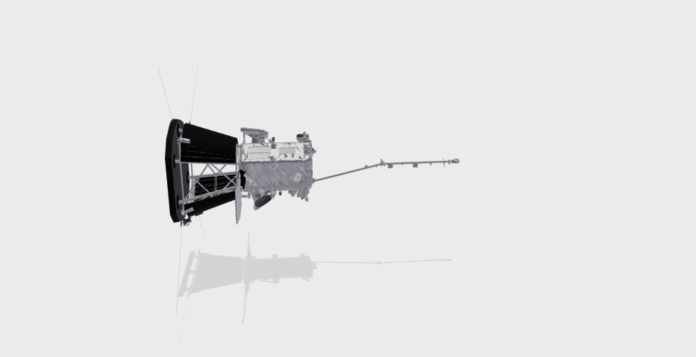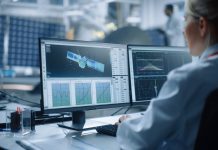
NASA’s Parker Solar Probe has revealed new insights into the mysteries of the sun’s corona
The research led by the University of Michigan suggests that S-shaped bends in the sun’s magnetic field, known as switchbacks, may not be the primary source of the corona’s extreme temperatures.
Switchbacks role in heating the corona
The sun’s corona, an ethereal halo-like atmosphere, reaches temperatures up to 200 times hotter than its surface. Traditional theories proposed that switchbacks, which momentarily reverse the direction of the sun’s magnetic field, could release significant energy into the corona, heating it and accelerating the solar wind that envelops our solar system.
“That energy has to go somewhere, and it could be contributing to heating the corona and accelerating the solar wind,” noted Mojtaba Akhavan-Tafti, the study’s corresponding author and assistant research scientist at U-M’s climate and space sciences and engineering department.
Initially, the Parker Solar Probe detected hundreds of switchbacks as it ventured closer to the sun, sparking optimism among researchers about their role in heating the corona. However, subsequent data analysis from the probe’s initial orbits around the sun has revealed a surprising absence of switchbacks within the corona itself.
This finding challenges the notion that these magnetic anomalies originate at the sun’s surface, where magnetic field lines collide and convect, forming complex shapes.
“Our theory could fill the gap between the two schools of thought on S-shaped switchback generation mechanisms,” Akhavan-Tafti explained.
What are the alternatives?
Switchbacks may be triggered by interactions within the solar wind, where fast-moving plasma and magnetic waves could distort into these distinctive shapes. This hypothesis suggests a more complex interplay of solar dynamics than previously envisioned, with implications for both understanding solar physics and predicting space weather.
“The mechanisms that cause the formation of switchbacks, and the switchbacks themselves, could heat both the corona and the solar wind,” Akhavan-Tafti added.
Future missions of the Parker Solar Probe, scheduled as early as December 24, 2024, promise to look deeper into these mysteries. Armed with advanced instruments designed to measure plasma density, temperature, and flow within unprecedented proximity to the sun, researchers anticipate gathering crucial data to validate their findings.










